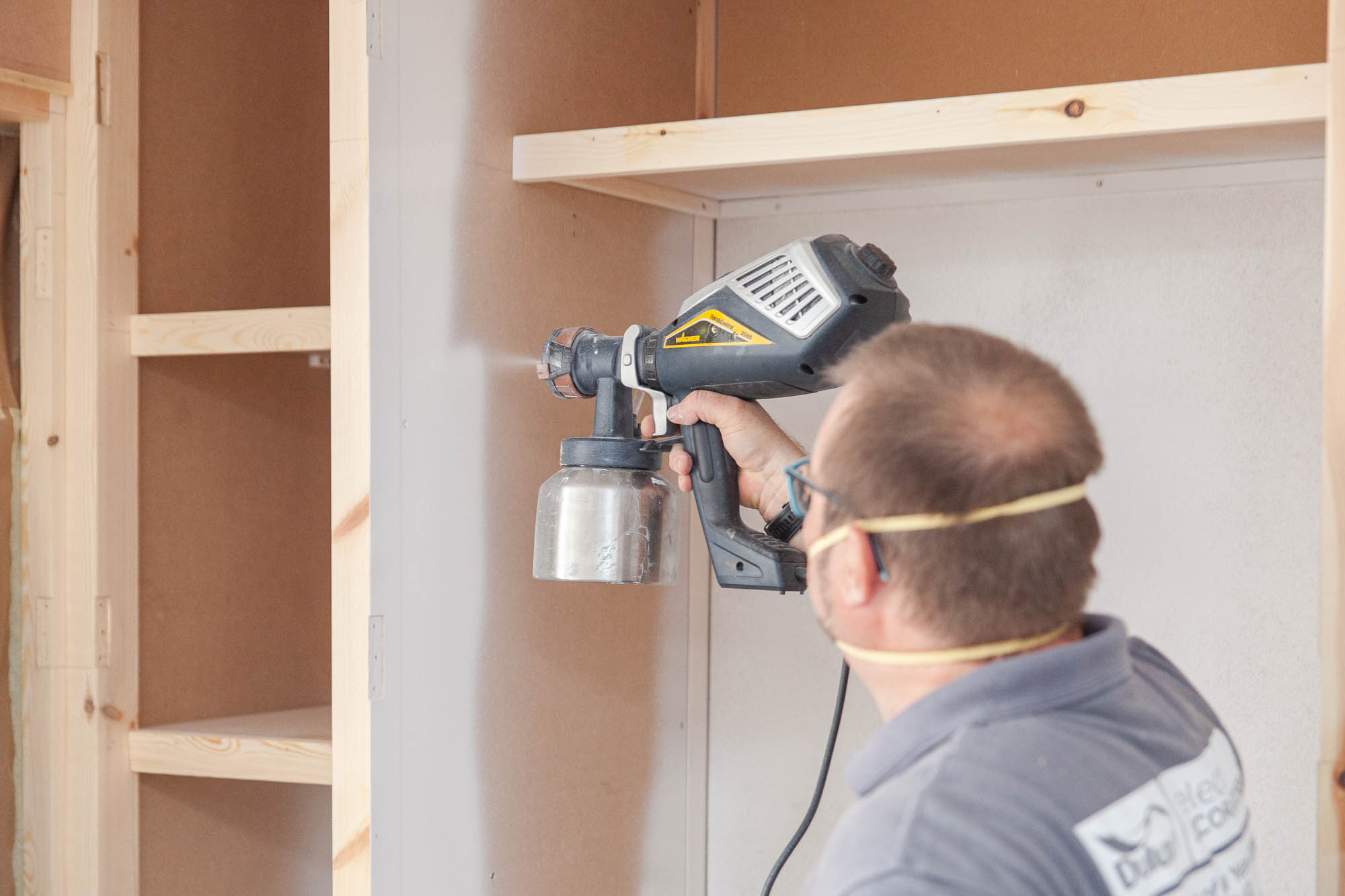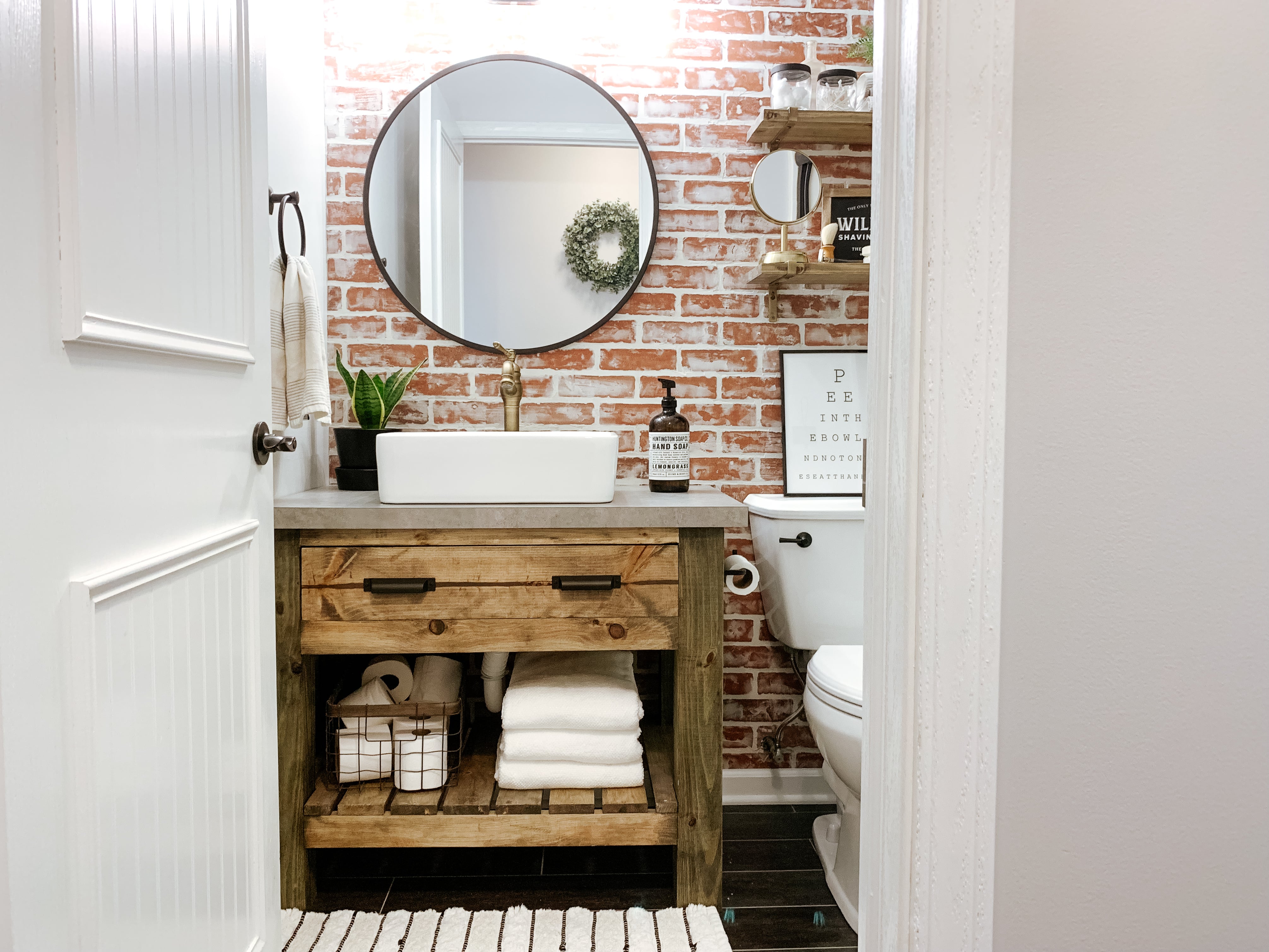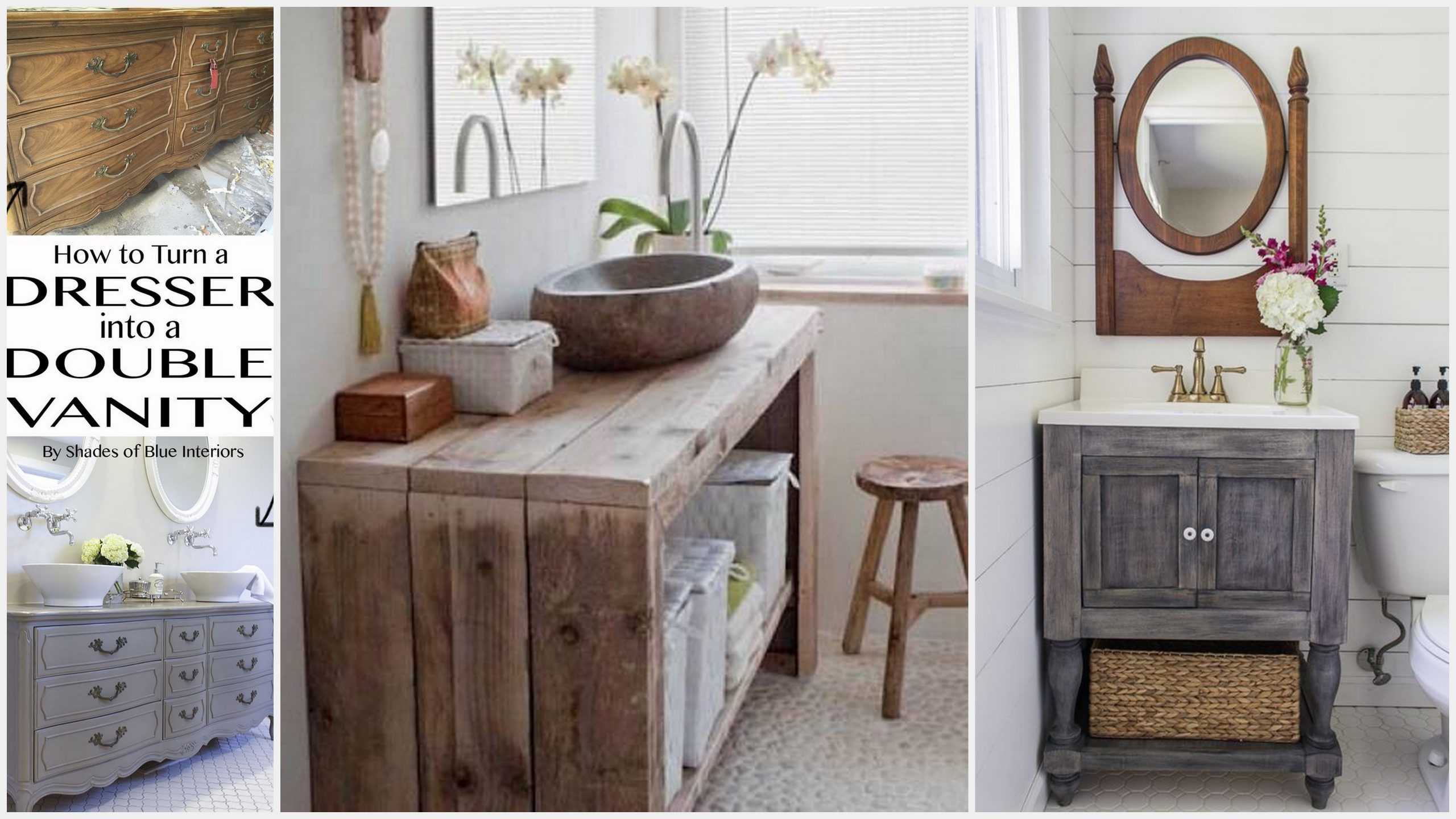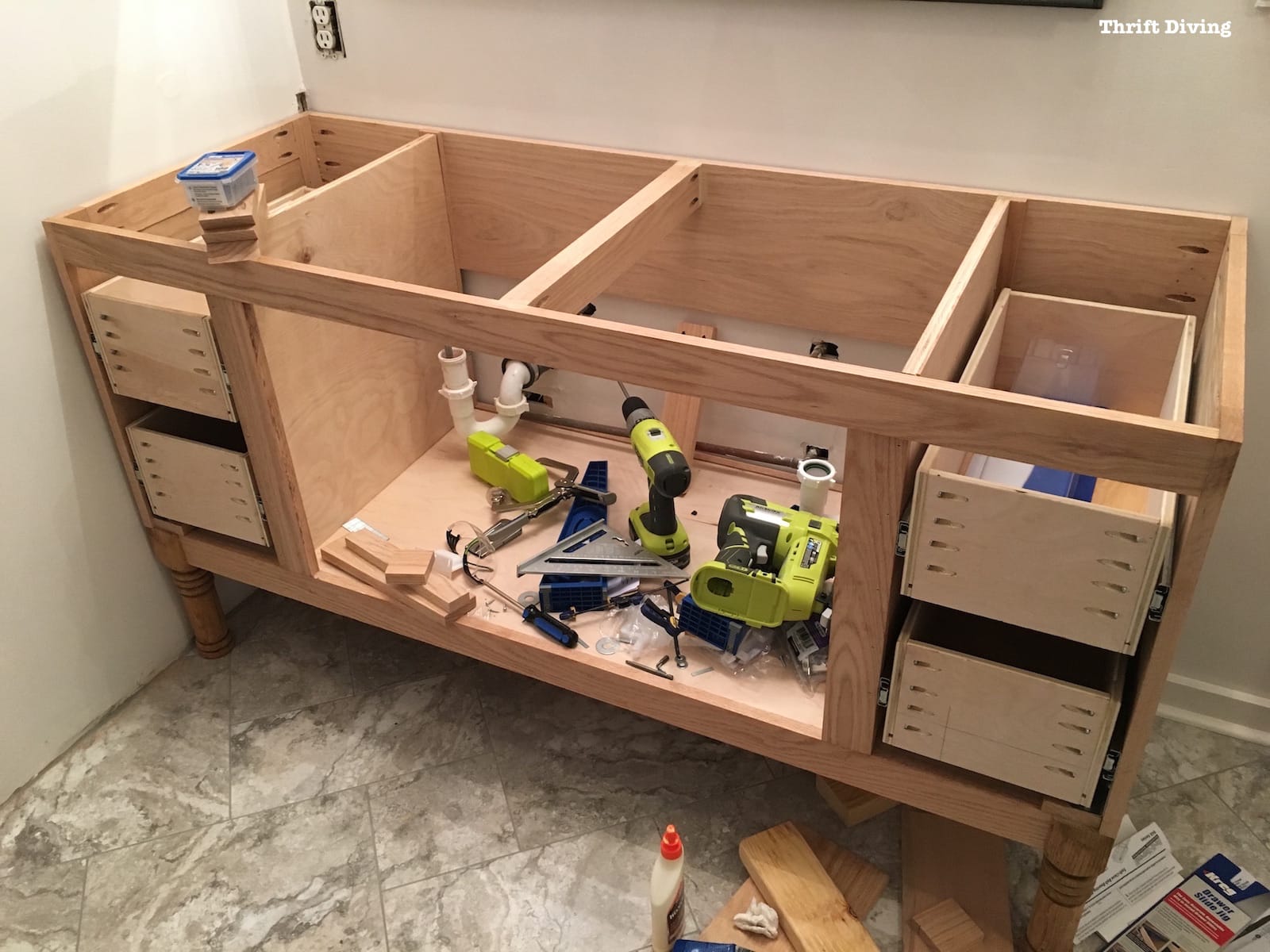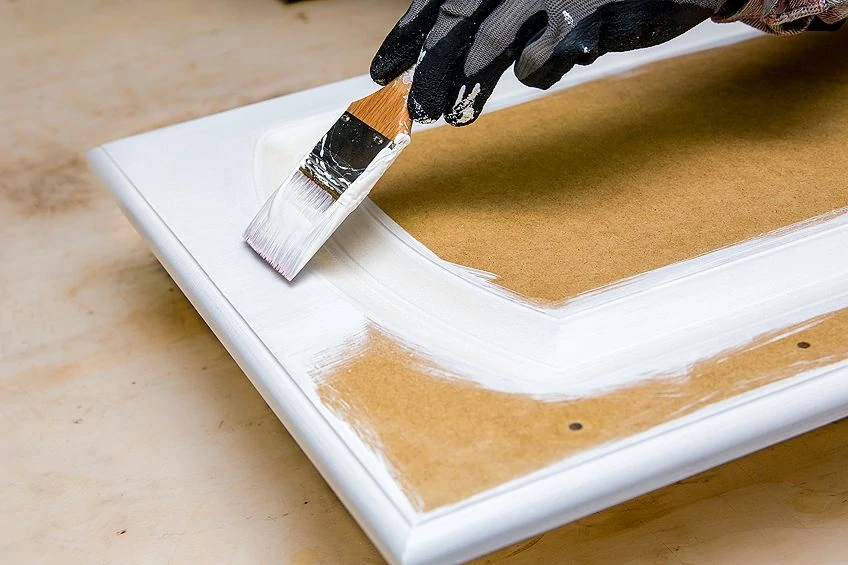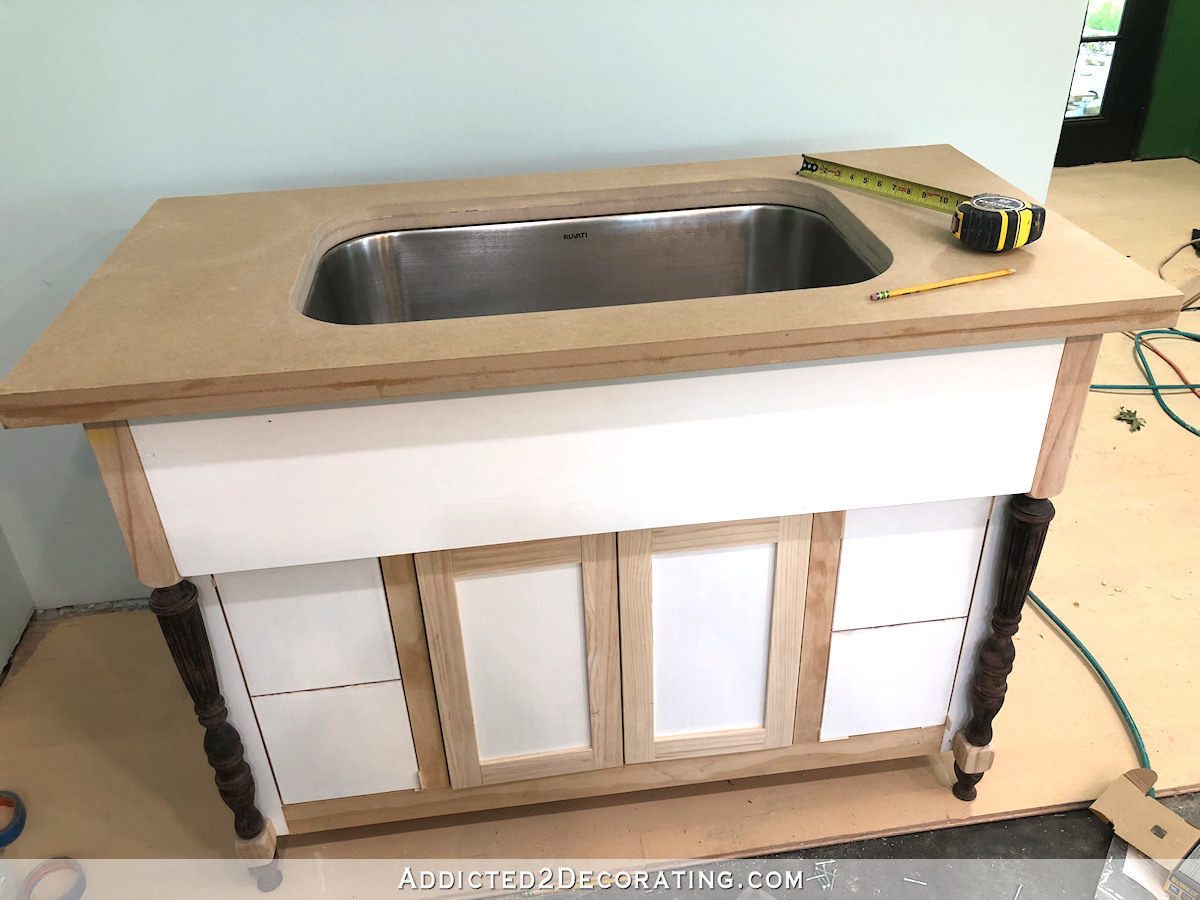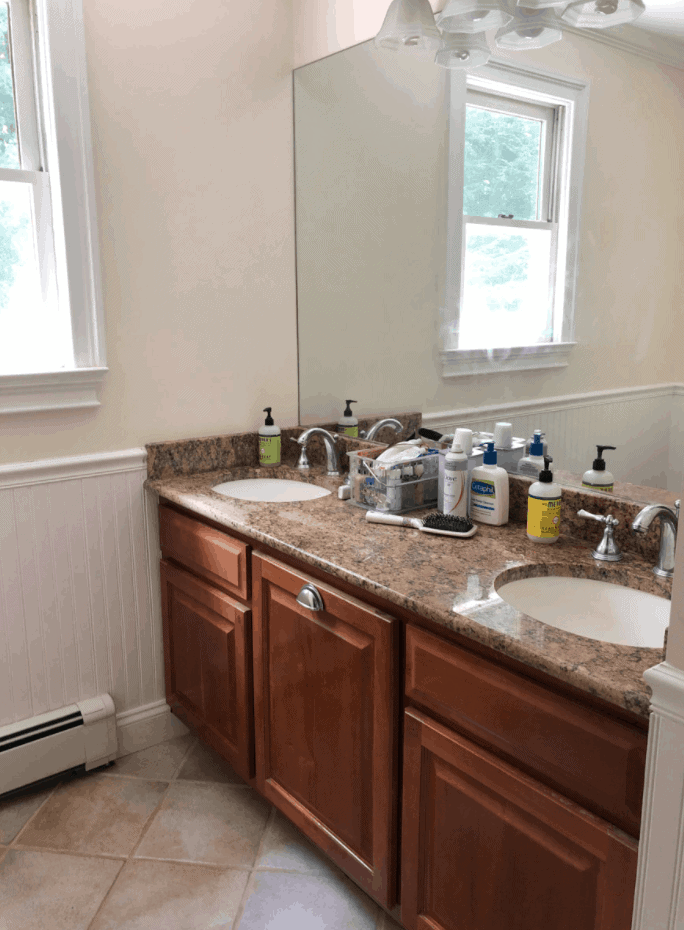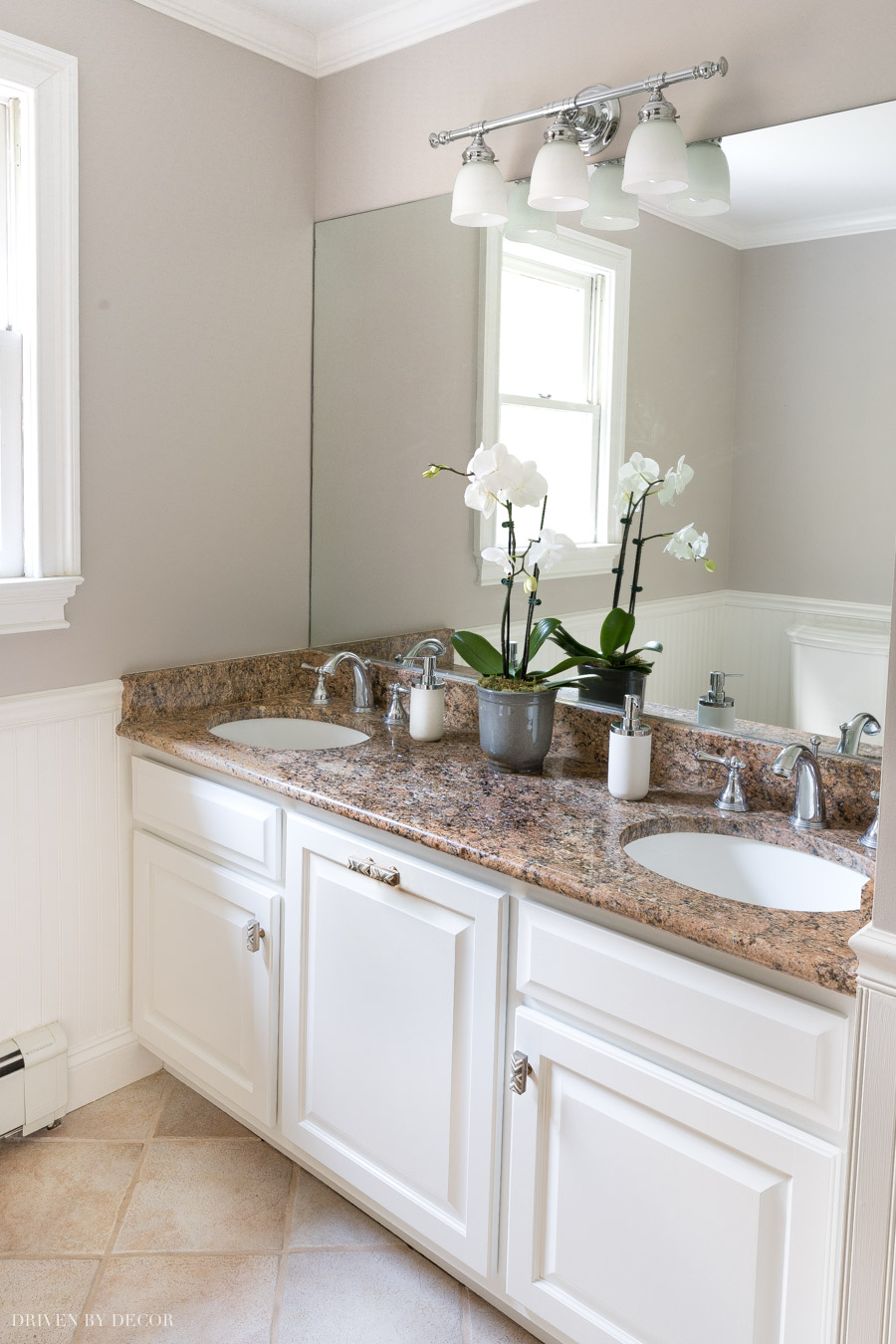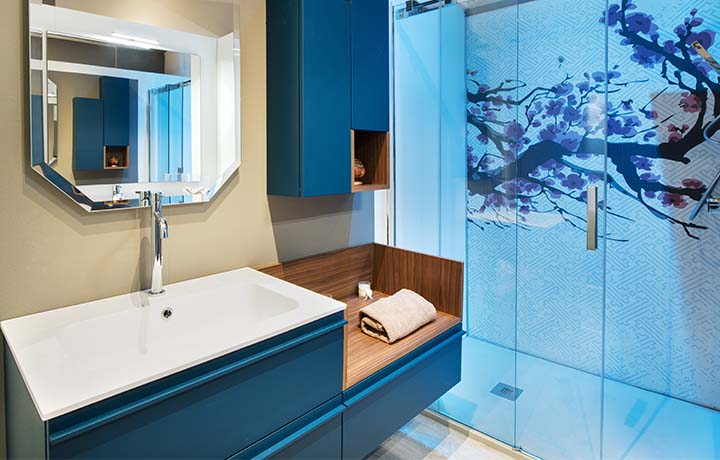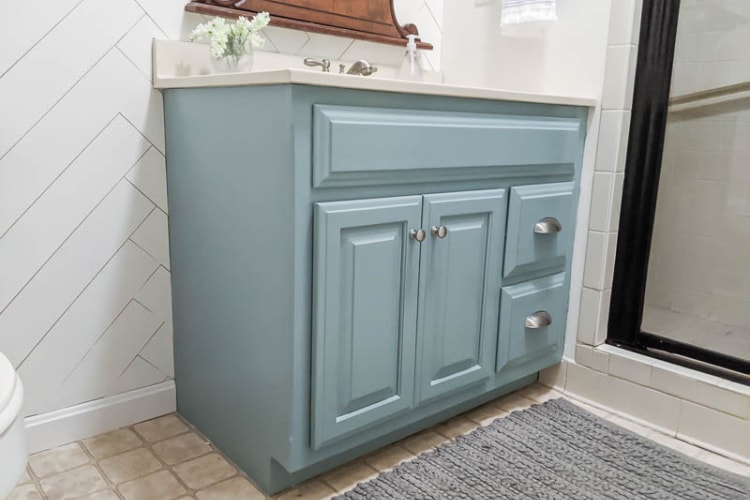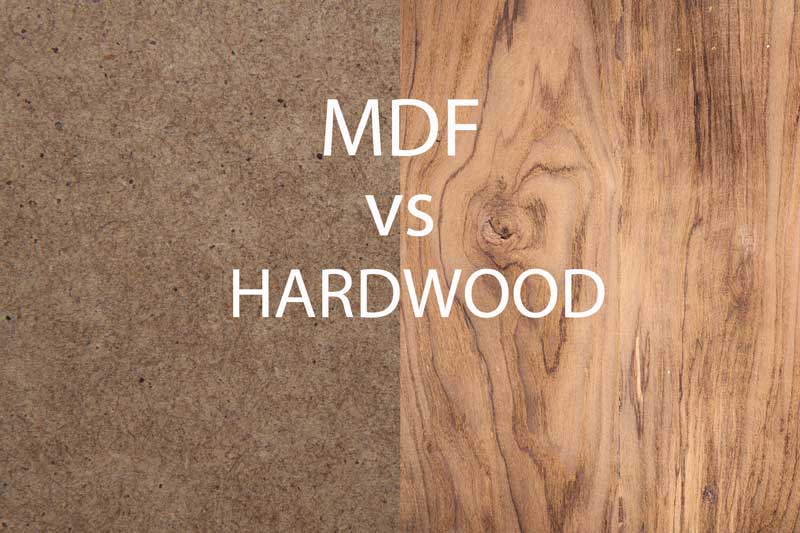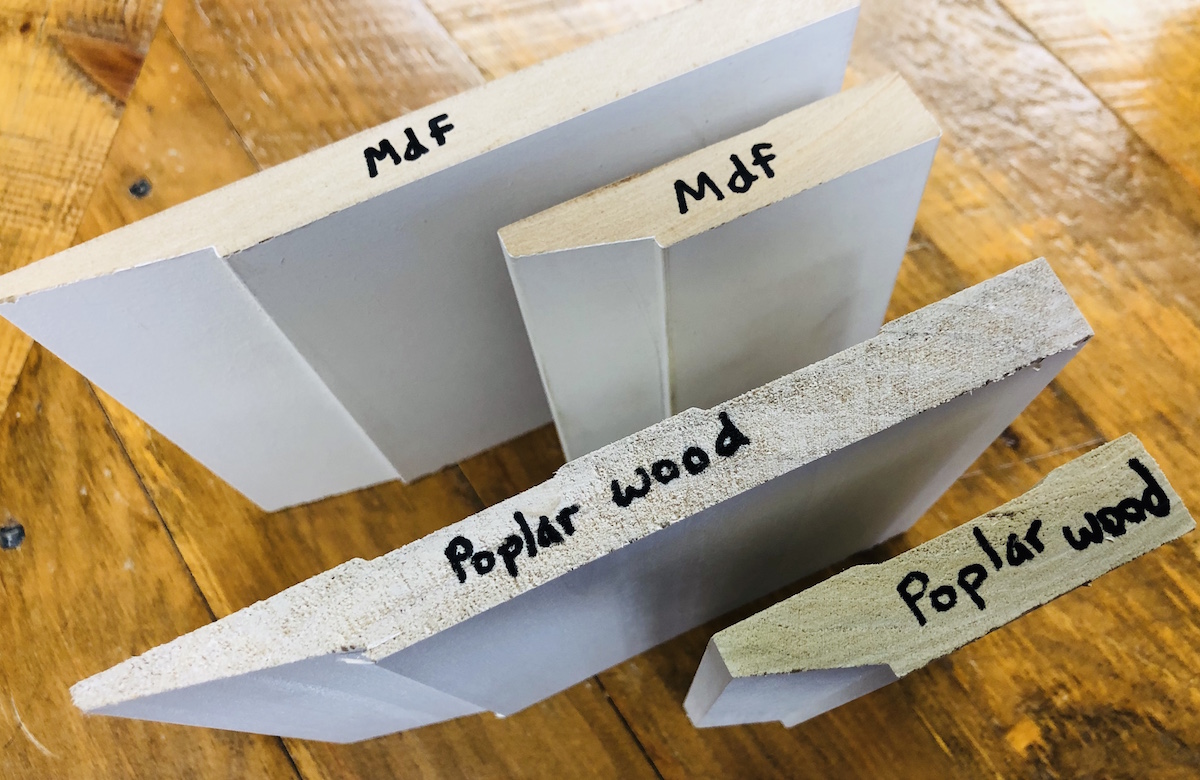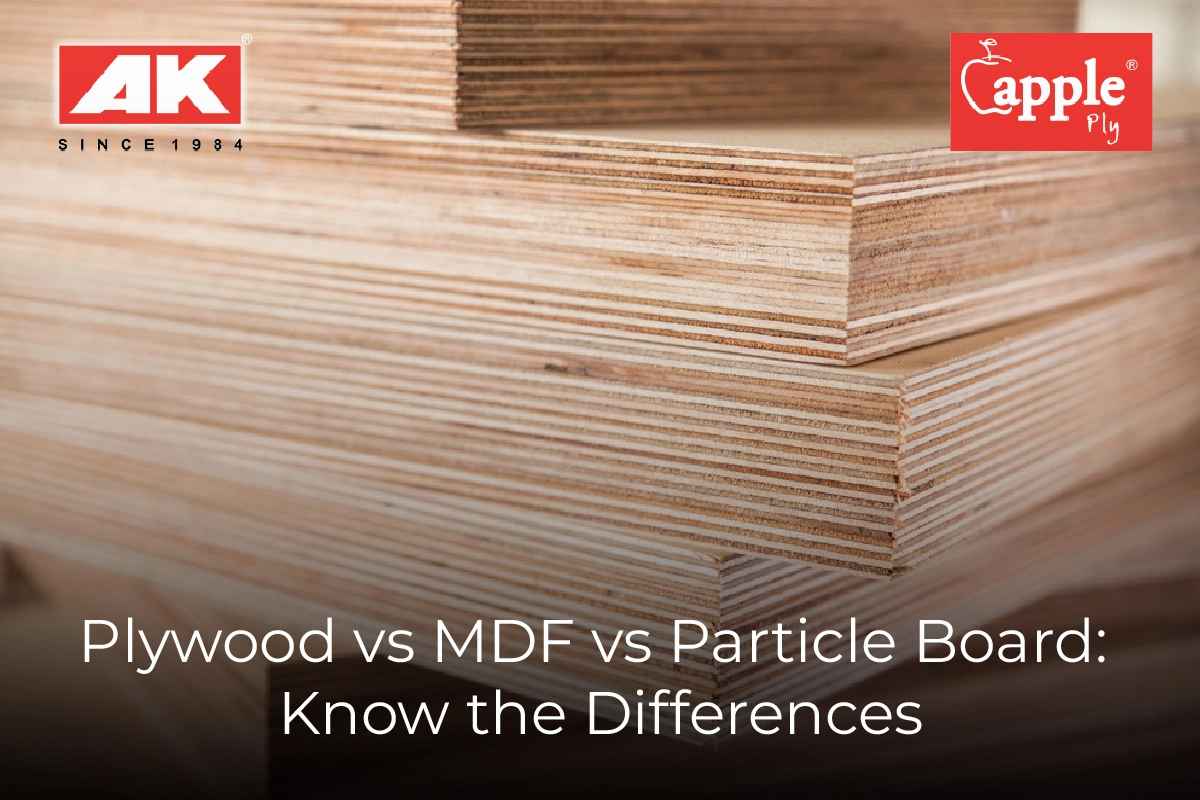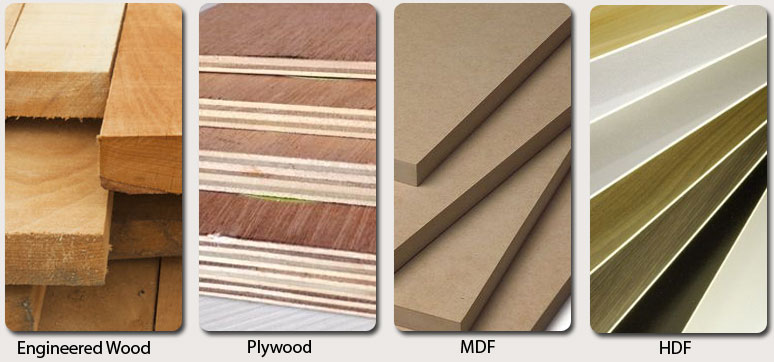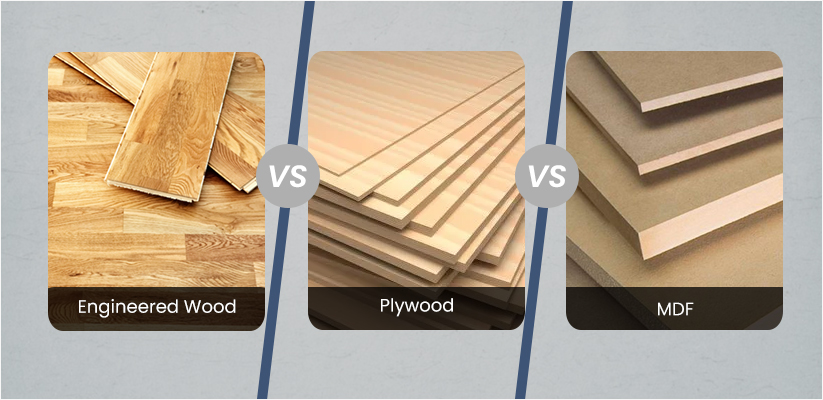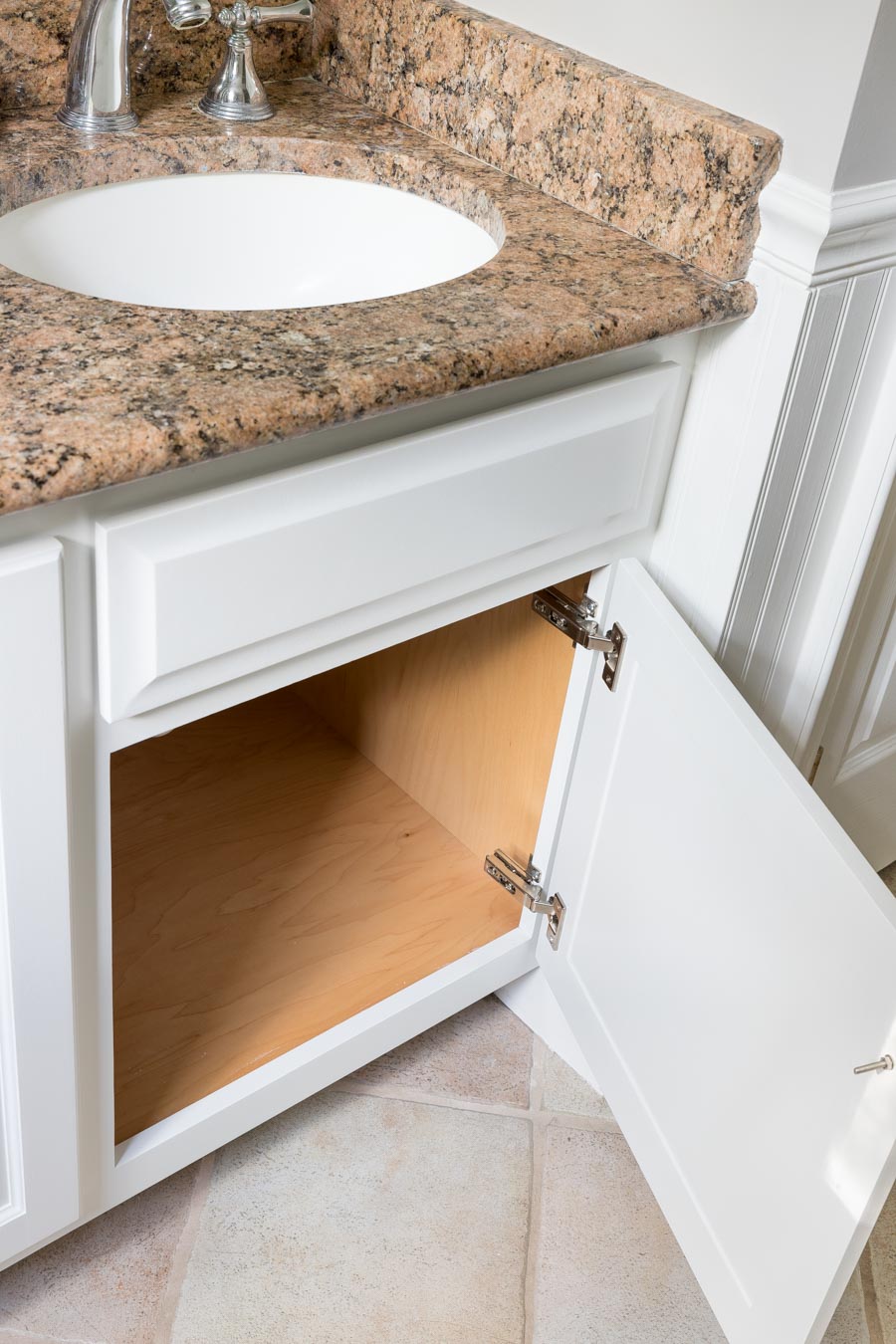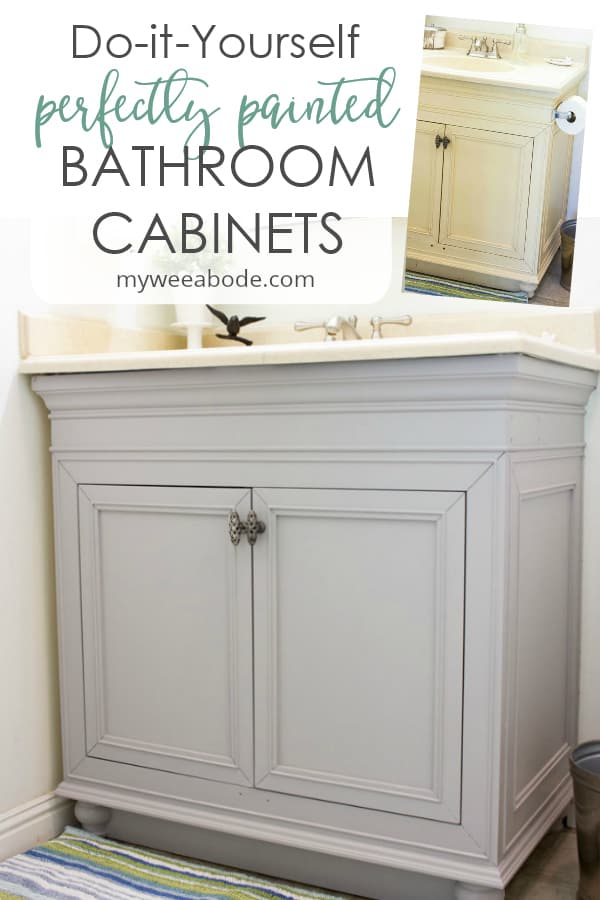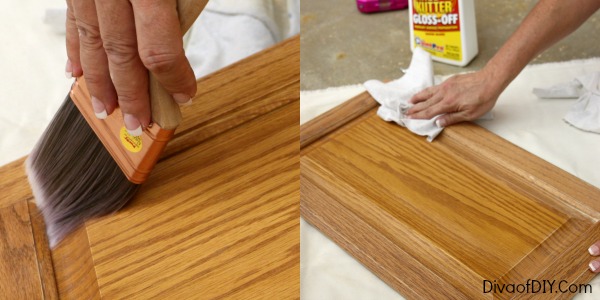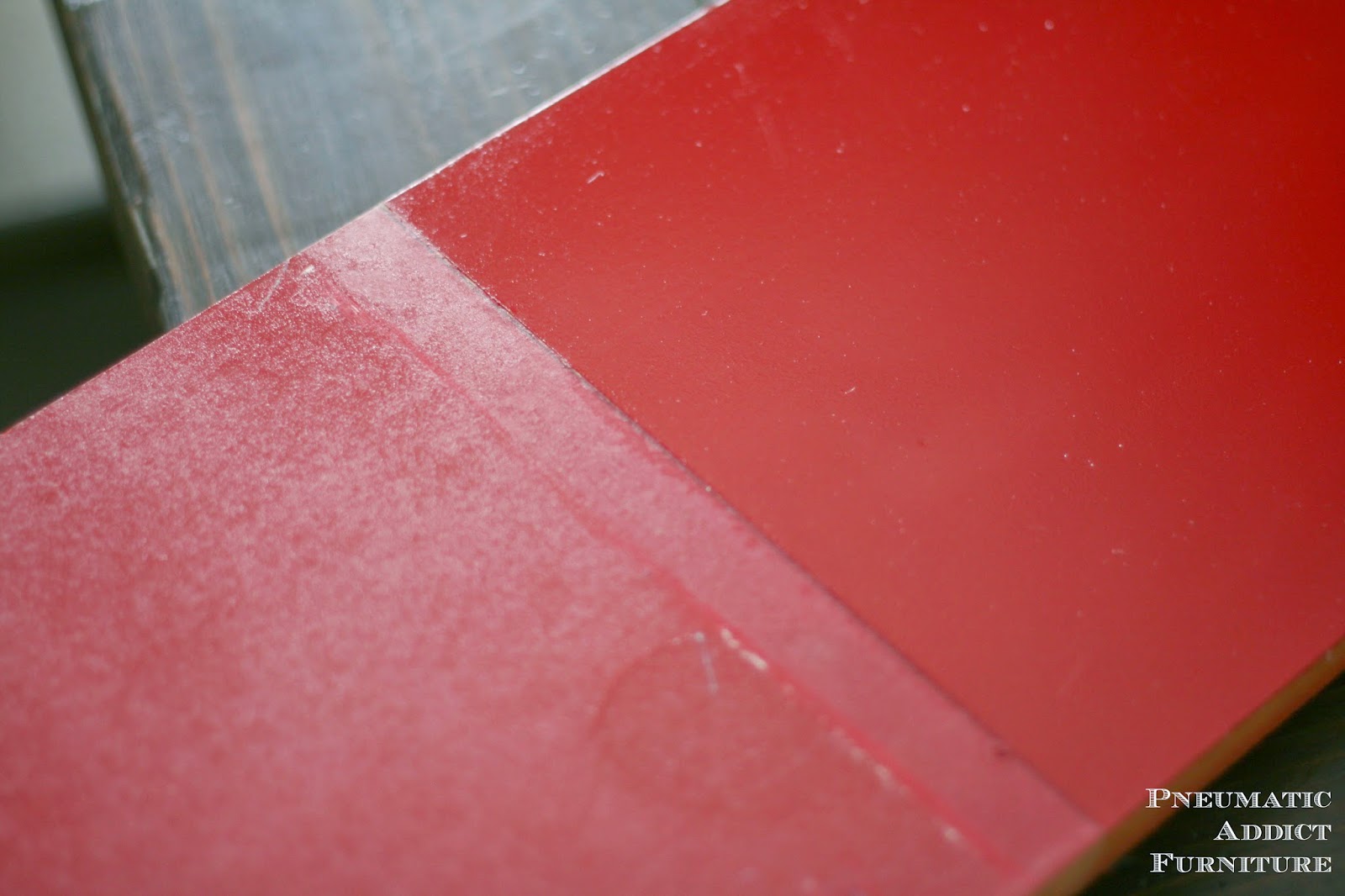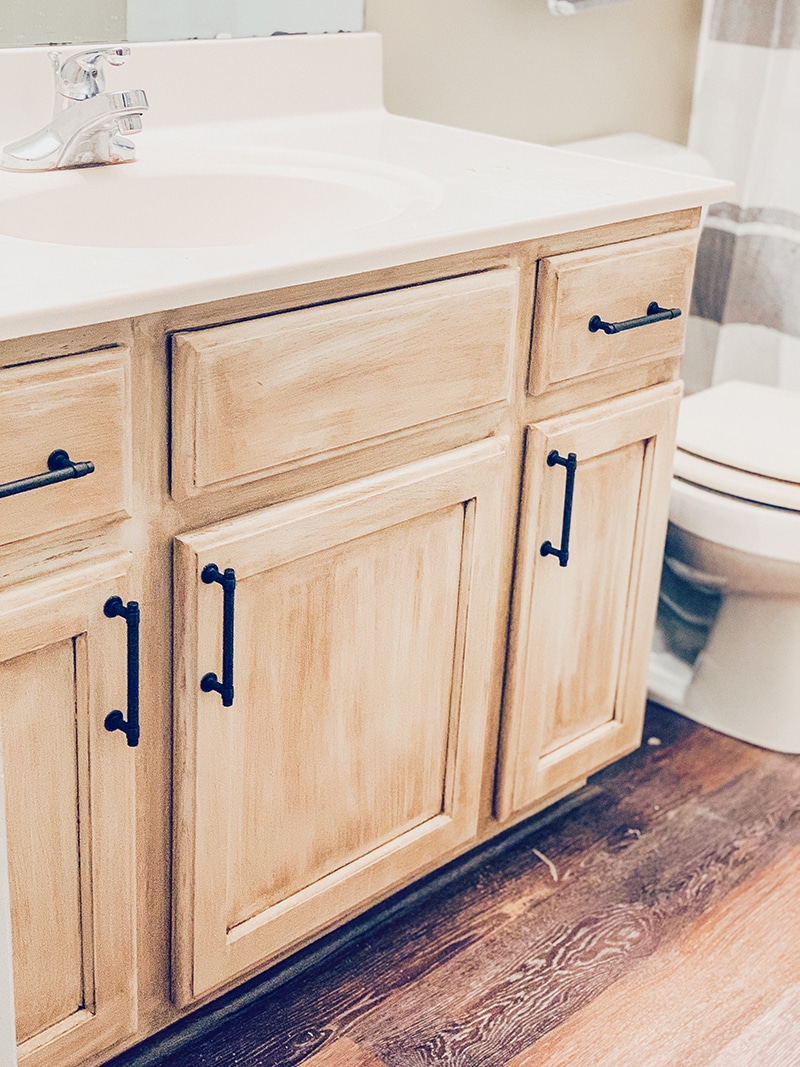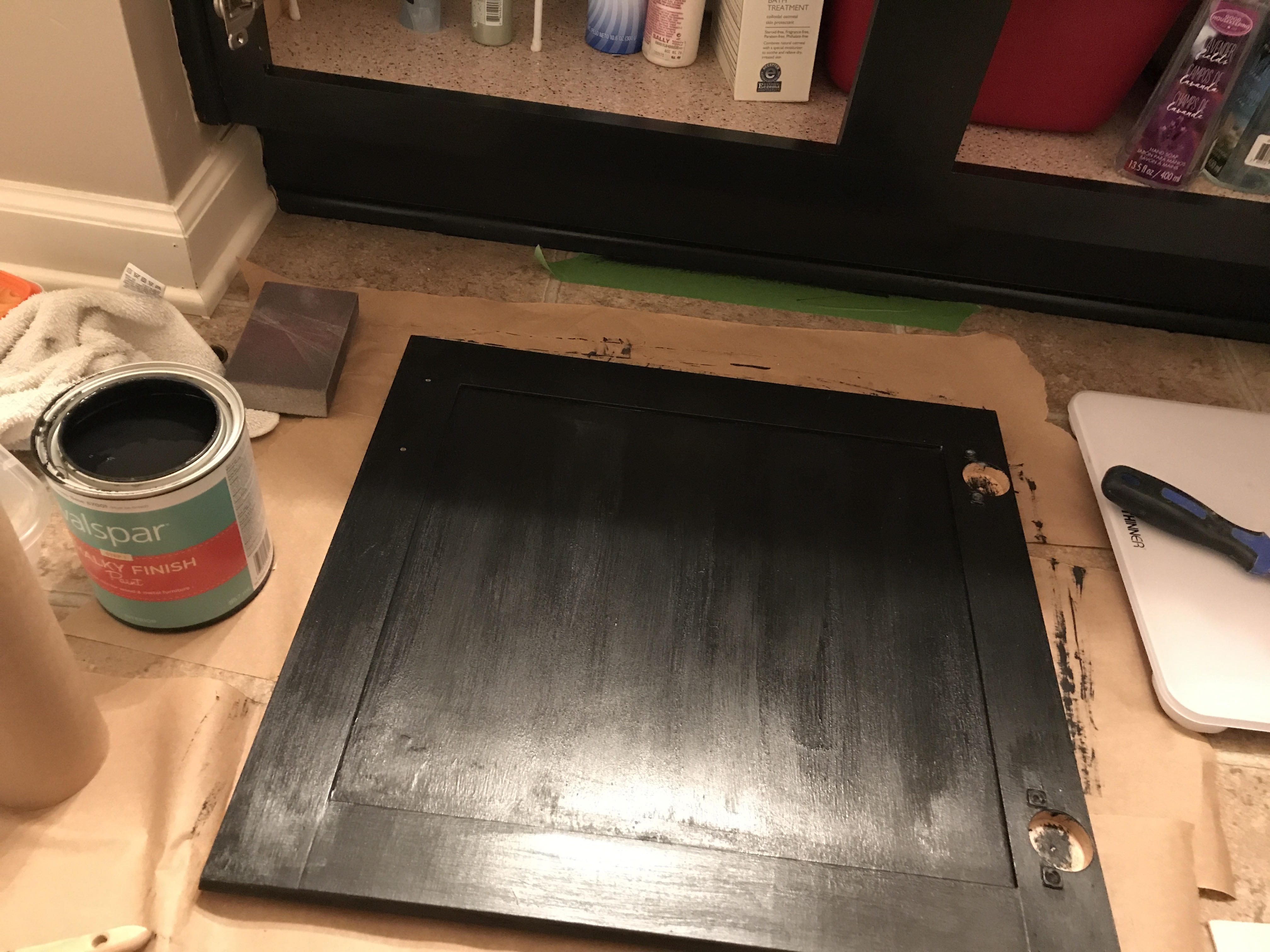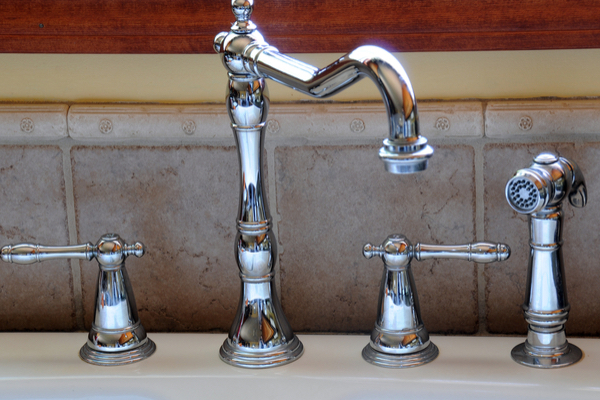MDF (medium-density fiberboard) is a popular material for bathroom vanities, thanks to its affordability and versatility. However, one of the downsides of MDF is its plain and easily damaged surface. If you want to give your bathroom an updated look without breaking the bank, painting your MDF vanity is a great solution. In this article, we will guide you through the process of painting your bathroom vanity made of MDF.1. Painting Bathroom Vanity MDF: A Cost-Effective Way to Refresh Your Bathroom
Before you start painting, make sure you have all the necessary materials. You will need sandpaper, primer, paint, paintbrushes, and a roller. The first step is to sand the surface of the MDF vanity to create a smooth and even base. Next, apply a coat of primer to help the paint adhere better and prevent the MDF from absorbing too much paint. Once the primer is dry, you can start painting your vanity in your desired color. It is recommended to apply at least two coats of paint for a more durable finish.2. How to Paint a Bathroom Vanity Made of MDF: A Step-by-Step Guide
When it comes to painting MDF, not all paints are created equal. It is important to choose a paint that is specifically formulated for MDF surfaces to ensure the best results. Acrylic latex paint is a popular choice for painting MDF bathroom vanities as it provides good coverage, is easy to clean, and comes in a variety of colors. You can also opt for a semi-gloss or high-gloss finish for a more durable and water-resistant surface.3. Best Paint for MDF Bathroom Vanity: Choosing the Right Type of Paint
Painting your MDF bathroom vanity yourself not only saves you money, but it also allows you to get creative and customize your vanity to your liking. You can choose any color or finish you want, and even add patterns or designs for a unique look. With a little bit of time and effort, you can transform your plain MDF vanity into a stylish statement piece in your bathroom.4. DIY Painting MDF Bathroom Vanity: Save Money and Get Creative
To ensure a successful painting project, here is a quick checklist of the steps involved in painting a bathroom vanity made of MDF: Step 1: Sand the MDF surface to create a smooth base. Step 2: Apply a coat of primer to help the paint adhere better. Step 3: Let the primer dry completely before starting to paint. Step 4: Use a paintbrush to paint the edges and corners of the vanity. Step 5: Use a roller to paint the larger surfaces for a smooth finish. Step 6: Let the first coat of paint dry completely, then apply a second coat. Step 7: Let the second coat dry for at least 24 hours before using the vanity.5. Steps for Painting a Bathroom Vanity MDF: A Handy Checklist
To achieve a professional-looking finish when painting your MDF vanity, here are some helpful tips: Tip 1: Use a high-quality primer to help the paint adhere better and prevent the MDF from warping. Tip 2: Sand the MDF surface with fine-grit sandpaper for a smooth and even base. Tip 3: Use a paintbrush to paint the edges and corners and a roller for the larger surfaces for a more even finish. Tip 4: Apply at least two coats of paint for a more durable and long-lasting finish. Tip 5: Let each coat of paint dry completely before applying the next one.6. Tips for Painting MDF Bathroom Vanity: Expert Advice for a Professional Finish
Many homeowners wonder whether the process of painting an MDF bathroom vanity is the same as painting a wood vanity. While the steps are similar, there are some key differences to keep in mind. MDF is more porous than wood, so it may require an extra coat of primer to ensure a smooth and even finish. Additionally, MDF is more prone to water damage, so make sure to use a high-quality paint and sealant to protect the surface.7. MDF vs Wood Bathroom Vanity Painting: What's the Difference?
Properly prepping your MDF vanity before painting is crucial for a successful result. This includes sanding the surface, cleaning it thoroughly, and applying a primer. Sanding is especially important as it helps to create a smooth and even surface for the paint to adhere to. If you skip this step, the paint may not adhere properly and the finish may look uneven or blotchy.8. Prepping MDF for Painting Bathroom Vanity: A Crucial Step for a Successful Result
If you want to achieve a super smooth and even finish, you may consider using a spray paint instead of a brush or roller. Spray painting can be a bit more challenging and requires proper ventilation and protective gear, but it can give your MDF vanity a professional-looking finish. Just make sure to follow the manufacturer's instructions and practice on a scrap piece of MDF first before tackling your bathroom vanity.9. Spray Painting MDF Bathroom Vanity: An Alternative Method
If you are looking for a quick and easy way to update your MDF vanity, chalk paint is a great option. It requires minimal prep work and can be applied directly to the surface without the need for a primer. Chalk paint also has a matte finish, giving your bathroom vanity a trendy and rustic look. Just remember to seal the surface with wax or polyurethane for protection. Painting your MDF bathroom vanity is an affordable and effective way to give your bathroom a fresh new look. With the right materials and proper techniques, you can achieve a professional-looking finish that will last for years to come. So gather your supplies and get ready to transform your bathroom vanity into a stylish and personalized piece. 10. Chalk Paint MDF Bathroom Vanity: A Trendy and Easy Option
Why Choose MDF for Painting Bathroom Vanities?
 Bathroom vanities are an essential piece of furniture in any bathroom, providing both form and function. When it comes to choosing the right material for your bathroom vanity, Medium Density Fiberboard (MDF) is a popular choice among homeowners and designers alike. MDF is a man-made wood product that is highly versatile and durable, making it an ideal material for painting bathroom vanities. In this article, we will explore the benefits of using MDF for painting bathroom vanities and why it is a smart choice for your next house design project.
Bathroom vanities are an essential piece of furniture in any bathroom, providing both form and function. When it comes to choosing the right material for your bathroom vanity, Medium Density Fiberboard (MDF) is a popular choice among homeowners and designers alike. MDF is a man-made wood product that is highly versatile and durable, making it an ideal material for painting bathroom vanities. In this article, we will explore the benefits of using MDF for painting bathroom vanities and why it is a smart choice for your next house design project.
Highly Durable and Moisture-Resistant
 MDF is made by compressing wood fibers with a resin binder, resulting in a strong and dense material that is resistant to warping, cracking, and shrinking. This makes it a perfect choice for bathroom vanities, as they are exposed to high levels of moisture and humidity. Unlike other materials such as solid wood, MDF will not expand or contract when exposed to water, making it a long-lasting and low-maintenance option for painting bathroom vanities.
MDF is made by compressing wood fibers with a resin binder, resulting in a strong and dense material that is resistant to warping, cracking, and shrinking. This makes it a perfect choice for bathroom vanities, as they are exposed to high levels of moisture and humidity. Unlike other materials such as solid wood, MDF will not expand or contract when exposed to water, making it a long-lasting and low-maintenance option for painting bathroom vanities.
Smooth Surface for a Professional Finish
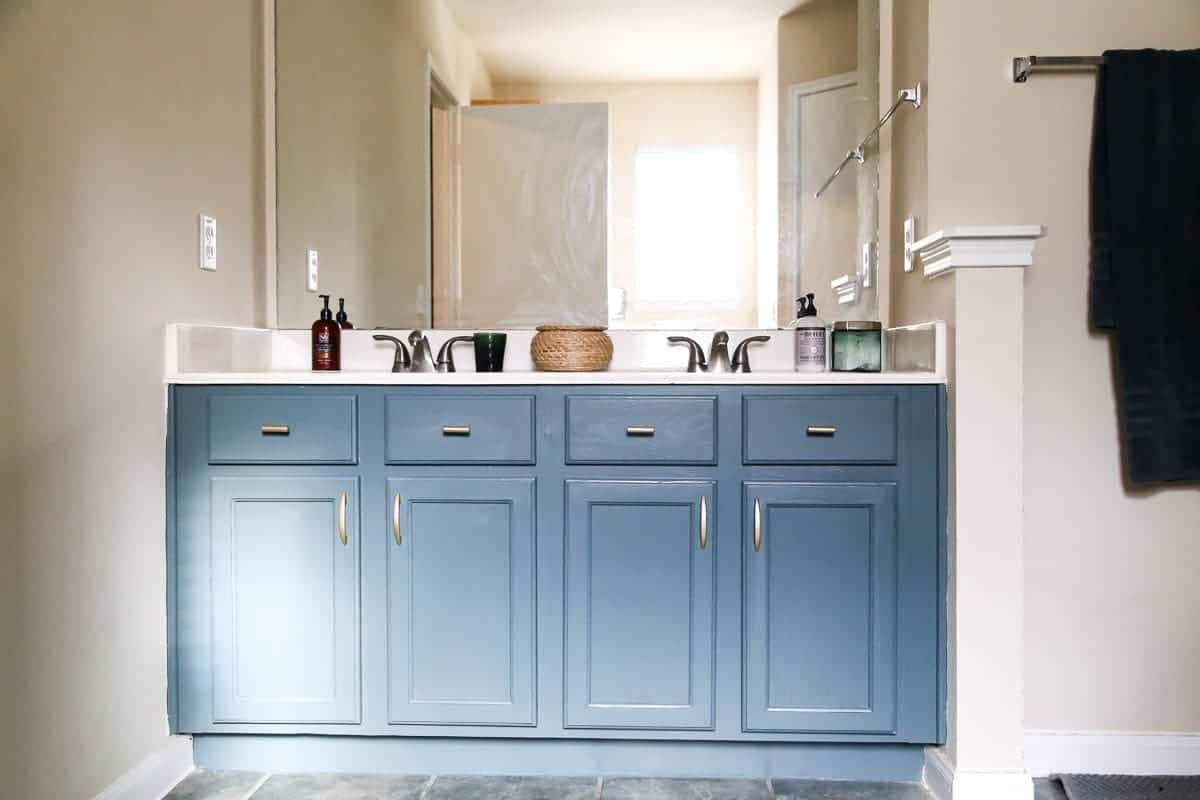 One of the main advantages of MDF is its smooth and consistent surface, making it an ideal canvas for painting. Unlike natural wood, MDF does not have knots, grains, or other imperfections that can affect the final look of your bathroom vanity. This allows for a flawless and professional finish, making your painted bathroom vanity look like a custom-made piece of furniture.
One of the main advantages of MDF is its smooth and consistent surface, making it an ideal canvas for painting. Unlike natural wood, MDF does not have knots, grains, or other imperfections that can affect the final look of your bathroom vanity. This allows for a flawless and professional finish, making your painted bathroom vanity look like a custom-made piece of furniture.
Cost-Effective and Versatile
 MDF is an affordable material compared to other options such as solid wood or plywood. This makes it a budget-friendly choice for those looking to update their bathroom vanity without breaking the bank. Additionally, MDF can be easily cut, shaped, and routed, allowing for endless design possibilities. You can create intricate details and designs on your bathroom vanity, giving it a unique and personalized touch.
MDF is an affordable material compared to other options such as solid wood or plywood. This makes it a budget-friendly choice for those looking to update their bathroom vanity without breaking the bank. Additionally, MDF can be easily cut, shaped, and routed, allowing for endless design possibilities. You can create intricate details and designs on your bathroom vanity, giving it a unique and personalized touch.
Environmentally Friendly
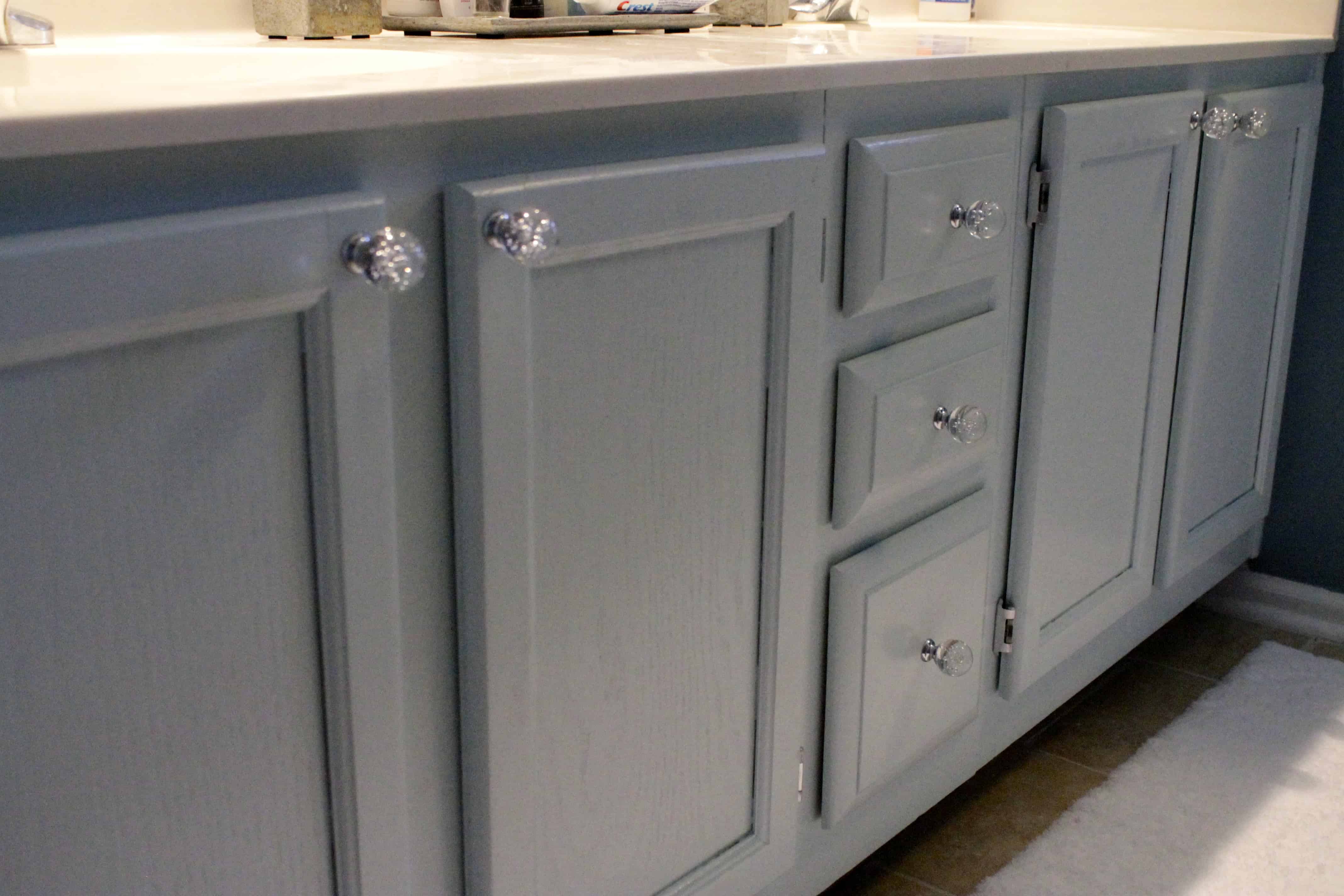 MDF is made from recycled wood fibers and does not require the harvesting of trees, making it a more environmentally friendly option compared to solid wood. It also produces less waste during the manufacturing process, making it a sustainable choice for your house design project.
In conclusion, MDF is a practical and versatile material for painting bathroom vanities. Its durability, moisture-resistance, smooth surface, cost-effectiveness, and environmental benefits make it a top choice for homeowners and designers. So why settle for a standard bathroom vanity when you can create a customized and stunning piece using MDF? Make the switch to MDF for your next house design project and elevate your bathroom design to the next level.
MDF is made from recycled wood fibers and does not require the harvesting of trees, making it a more environmentally friendly option compared to solid wood. It also produces less waste during the manufacturing process, making it a sustainable choice for your house design project.
In conclusion, MDF is a practical and versatile material for painting bathroom vanities. Its durability, moisture-resistance, smooth surface, cost-effectiveness, and environmental benefits make it a top choice for homeowners and designers. So why settle for a standard bathroom vanity when you can create a customized and stunning piece using MDF? Make the switch to MDF for your next house design project and elevate your bathroom design to the next level.

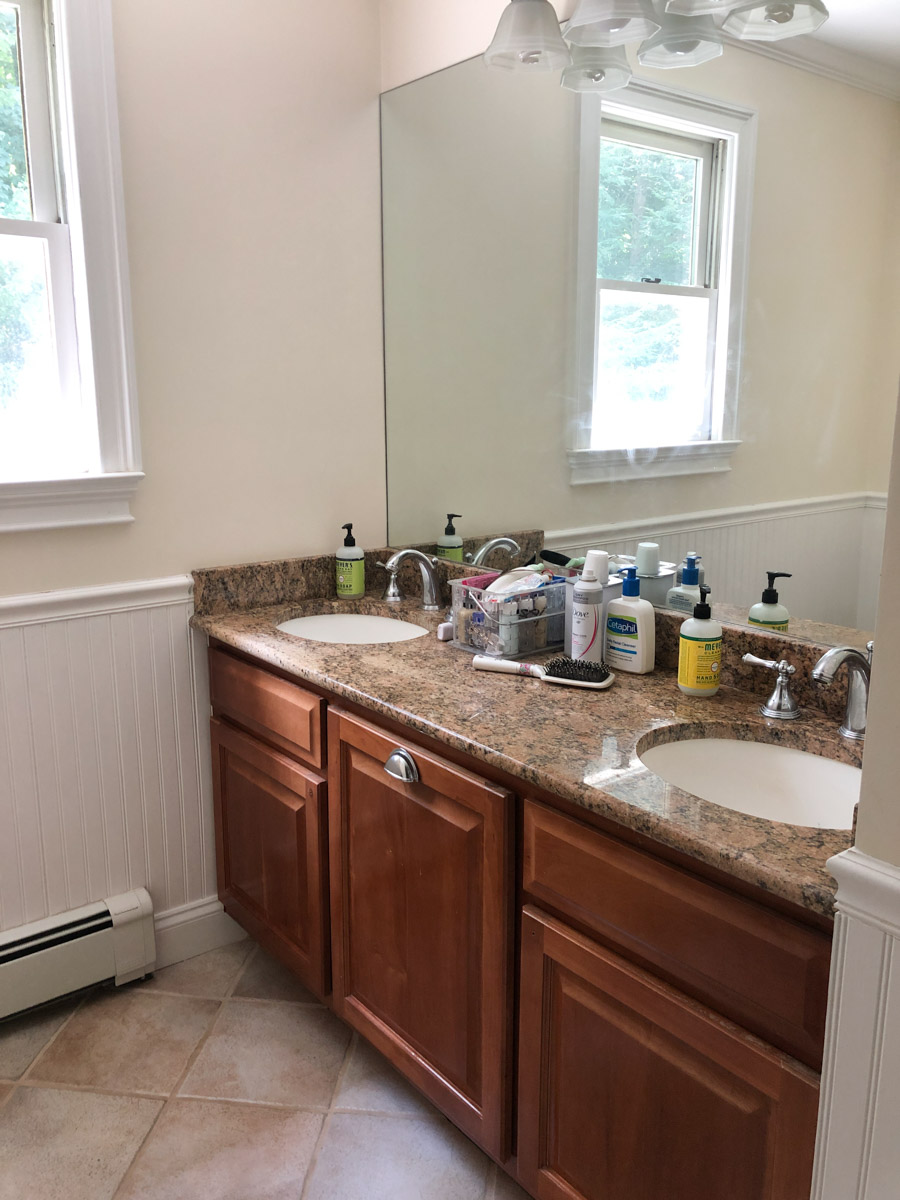





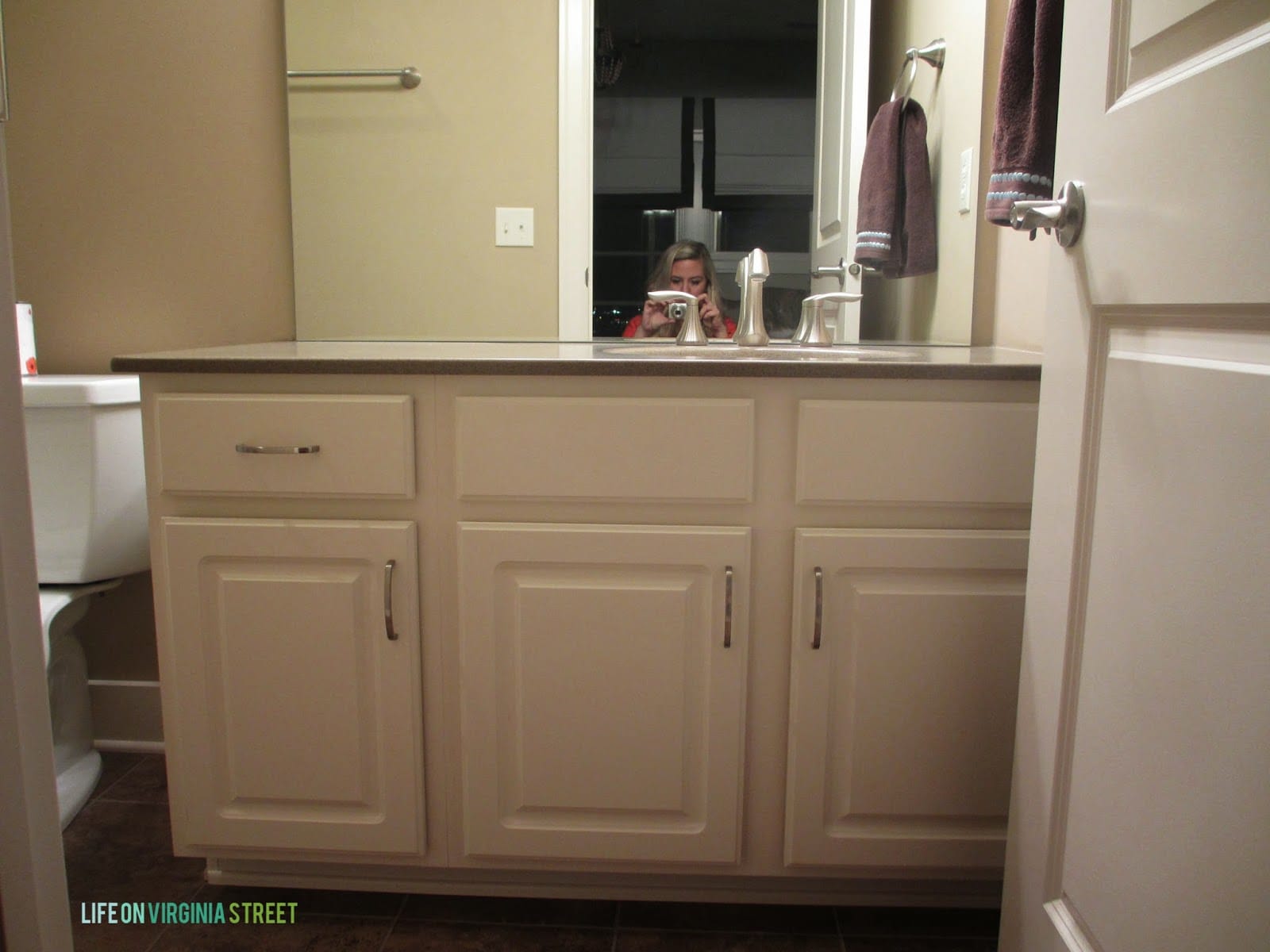
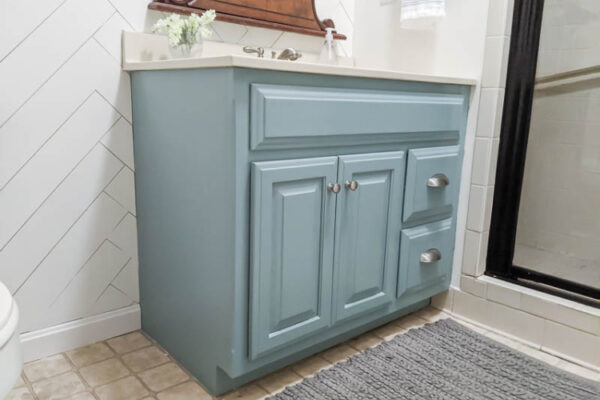
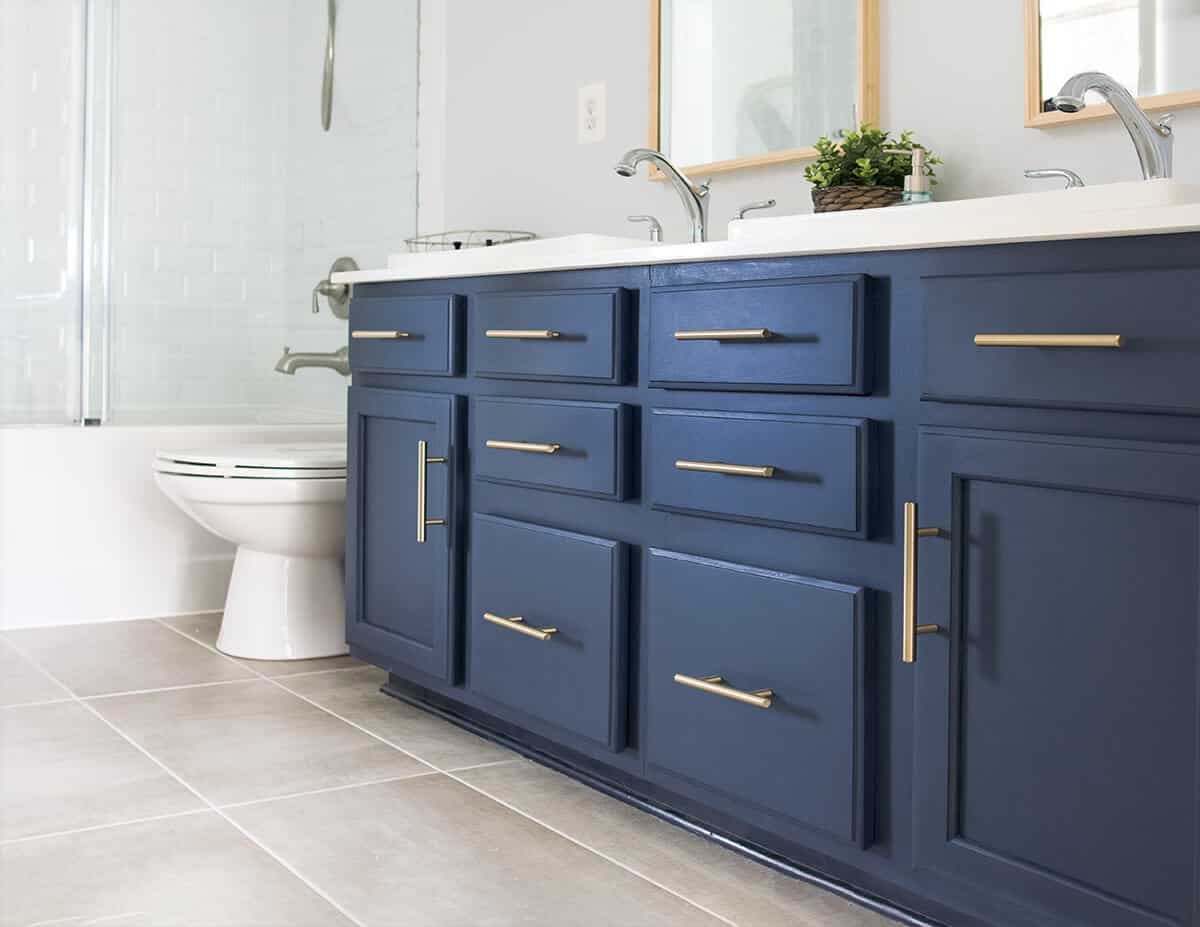







:strip_icc()/GettyImages-1289001195-d9812acb283e48d9ade7a2e0ce6d890f.jpg)




